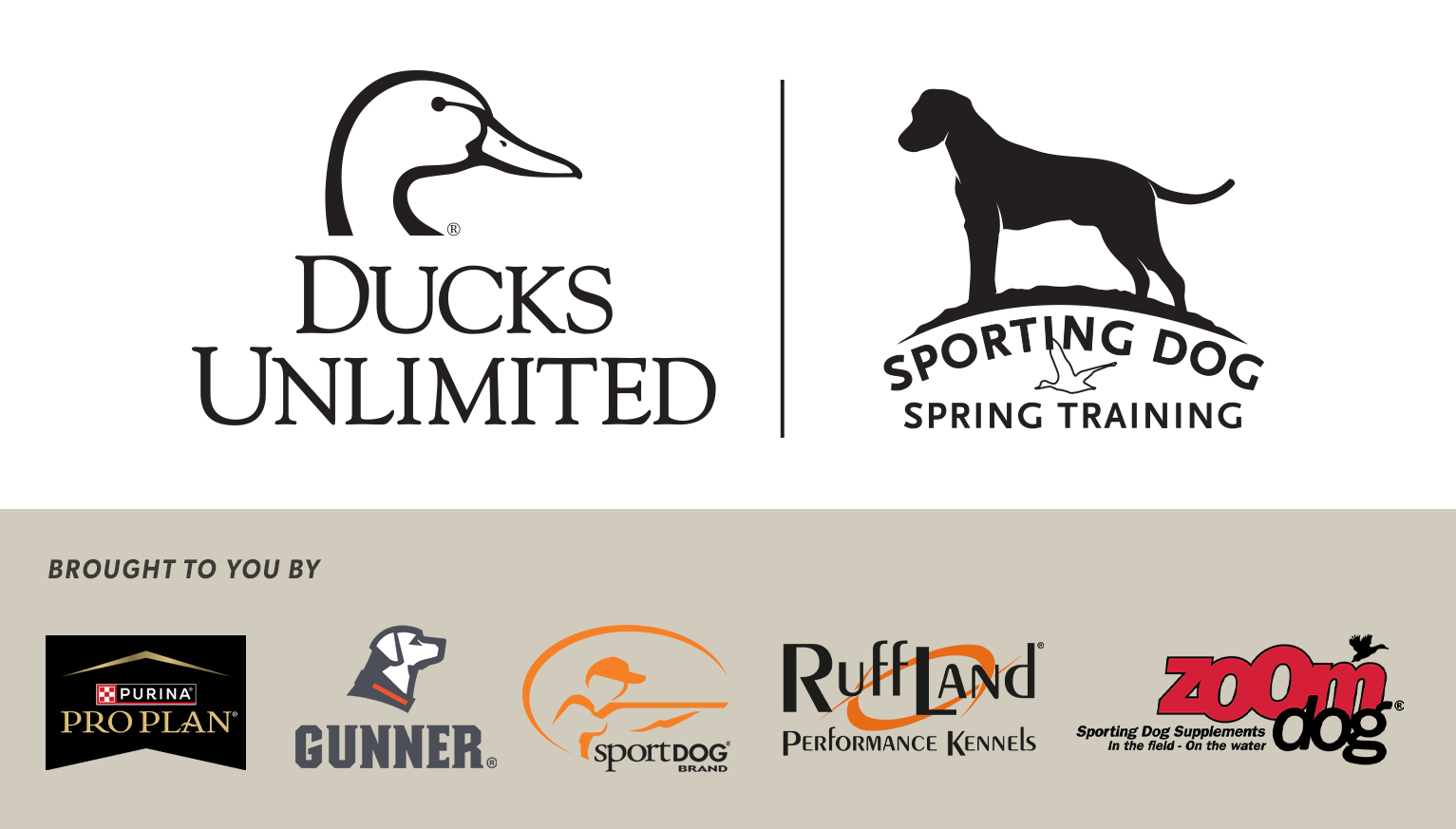Breaking Bad Behavior
What to do if your retriever won’t stop whining or can’t sit still
What to do if your retriever won’t stop whining or can’t sit still

By Gary Koehler
Over the years, I've hunted with retrievers of all sizes, shapes, and temperaments. This extensive game-day roster includes a multitude of Labs, a smattering of goldens and Chesapeakes, and even an aged Small Munsterlander, which was just as quiet and efficient as any dog in the bunch.
What I've learned through observation is that not all dogs (or their trainers) are created equal. This should be no surprise to anyone who has ever owned a retriever. But I'm not talking about performance. Instead, the issue here is the dog's bad behavior-annoyances that drive many handlers to distraction.
Two black Labs immediately come to mind. One would not sit still. That it paced the boat blind from bow to stern for four solid hours made for a subtle form of torture. True, he knocked over only one loaded shotgun, but that was plenty. The other Lab was sequestered on the front deck of a permanent duck blind, where she whined, cried, barked, and whimpered nearly the entire morning.
In their defense, both Labs did credible jobs on downed ducks. The female's drive was extraordinary. The male was not at all intimidated by long, big-water retrieving tasks. But their obnoxious behavior between retrieves drained some of the fun out of these hunts.
"In most cases, instead of blaming the dog, the owner only has to look in the mirror to see the cause of these types of problems," says Justin Tackett, who began training dogs at age 10 and now serves as host of the DU Waterdog television show. "If you don't condition a dog for sitting in a boat, or in a blind, or hunting in a rice field, you can't expect it to be successful in that situation.
"Dogs are generalists," Tackett continues. "They are going to do what they're trained to do. If your dog has never been in a boat and you take it hunting, you're going to get exactly what you put into it."
In addition to introducing the dog to different types of hunting environments beforehand, Tackett suggests that reinforcing basic obedience will likely make the duck boat pacer more at ease. "Once the dog is in the boat, there are all kinds of things going on, and then it starts running around," he says. "In this situation, the dog doesn't know what to do with itself. The dog first has to learn that sit means sit, whether it's in the house, the boat, or at a ball game. Not reinforcing that is a huge handling error."
The whiner/crier presents a similar set of concerns. "The whining problem usually comes from high-drive dogs that have been involved with a lot of training," Tackett says. "When we're training, most of us start throwing bumpers right away. The dog gets used to being involved right from the start. We might be better off making the dog sit for a while and watch other dogs retrieve bumpers. This teaches the dog that there's not going to be nonstop action all the time. Try to make it more of a relaxed situation."
Correcting the problem immediately is crucial. "People might let whining and barking go for a couple of seasons, thinking that the dog will get over it," Tackett says. "That's not going to happen. If you want things to change, you're going to have to take your training back to step one. Other than gunshyness, whining is the toughest problem to fix."
Neighborhood children always let me know when Nick, my old German shorthair pointer, was up to his slightly off-kilter tricks. The howls of laughter emanating from our basement were the tip-off.
The cause of the commotion was quite exasperating. Nick, my partner for 12 years, had the disturbing habit of chasing his tail. The kids who gathered to watch thought that his act was hilarious. But to me, this curious behavior was nothing to laugh about.
So I went to the trainer from whom I purchased Nick as a pup. He had a kennel full of shorthairs, Labs, and springer spaniels. "What can I do to get Nick to stop chasing his tail?" I asked.
The trainer did not have to think twice. "He's bored," he responded. "The dog needs more exercise. Take him for a good walk or a run every day. I think you'll see a difference."
Sure enough. While the walks and long runs did not completely cure the problem, there is no question they helped control Nick's circle-spinning urges. Dog owners who suffer through similar experiences-including having a dog that digs holes or chews everything in sight-may be well advised to simply provide their dog more opportunities to exercise.
Ducks Unlimited uses cookies to enhance your browsing experience, optimize site functionality, analyze traffic, and deliver personalized advertising through third parties. By continuing to use this site, you agree to our use of cookies. View Privacy Policy